7 tips for working out when you have psoriatic arthritis
Easy workouts to calm joint pain and inflammation.

Being Active Pays Off
If you're living with psoriatic arthritis, your sweatpants may have turned into loungewear instead of workout gear. Joint pain and skin inflammation can make you want to pamper yourself indoors. But being sedentary can make your muscles weak and leave your joints even stiffer than they already are. To fight arthritis, you need flexible joints, toned muscles and an energized spirit -- and exercise is just what the doctor ordered.

Before You Get Started
Don't hit the trails just yet! Before starting any exercise program, ask your doctor which activities are safe and right for you. Once you get going, be sure to listen to your body and rest when you need to. While congestion above the neck (like a stuffy nose) shouldn't keep you out of the game, a chest cold or the flu means taking a break. Also, skip your workout when the weather is dangerously hot or cold. You might feel a little sore or stiff, especially when you first start out. But you should never put up with pain. Stop any activity that causes discomfort, then talk with your doctor about other exercise options and assistive devices.
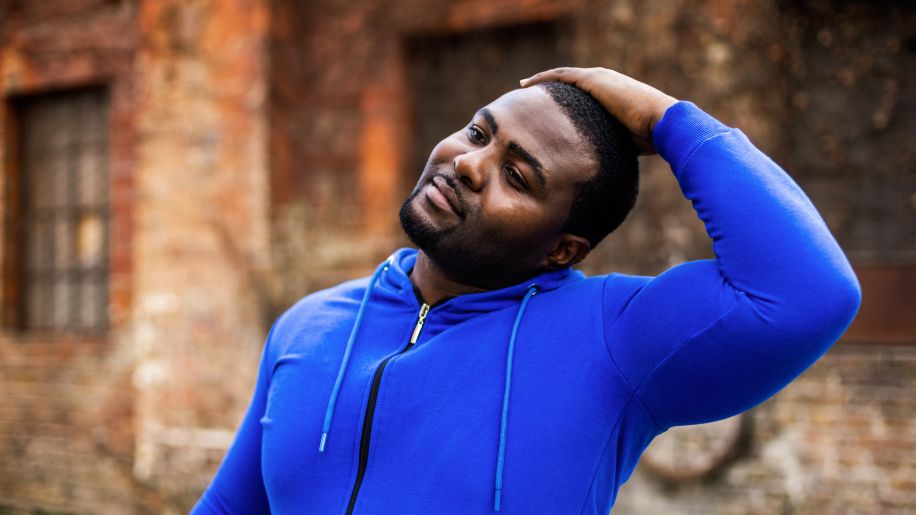
Warm Up to Working Out
Everyone -- arthritis or not -- needs to warm up before each workout to help cut down on injuries. Start with 15 minutes of warm-up exercises to get your blood pumping to your arms and legs. Once you're warmed up, you can try calf stretches or hip stretches. You can also stretch your chest, shoulders and arms. Take your time during each stretch. When you can handle 15 minutes of stretching, you should be ready to add aerobic exercise and strength training to your routine.

Ease into Things
Once you've mastered stretching, moving into yoga or tai chi is a natural next step. These flexibility exercises are ideal for people with achy or stiff joints because they help keep you limber and also gently strengthen your muscles. Both include relaxation techniques as well, which can help keep stress in check. Look for a yoga studio that offers classes for beginners or sessions for people with joint pain or limited mobility. Be careful about practicing at home on your own, which can open the door to joint strain and injury.
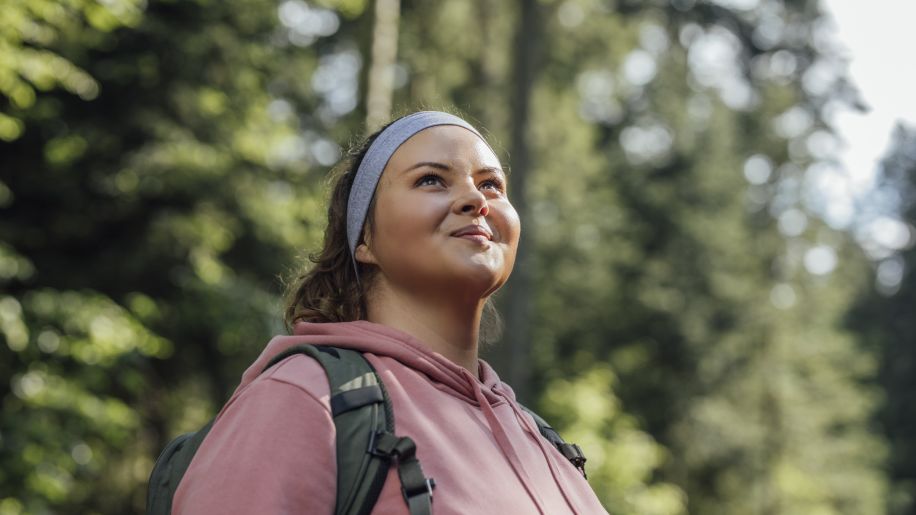
Step Out into the World
One of the best exercises for people with joint pain is walking. It's free, easy on the joints and can be done almost anywhere. Plus, it benefits your entire body -- from improving your mood to lowering your blood pressure. Remember to start slowly and work your way up to longer distances. And if you can't walk more than 15 minutes, don't sweat it. Studies show that a few shorter walks are just as good as one long walk.
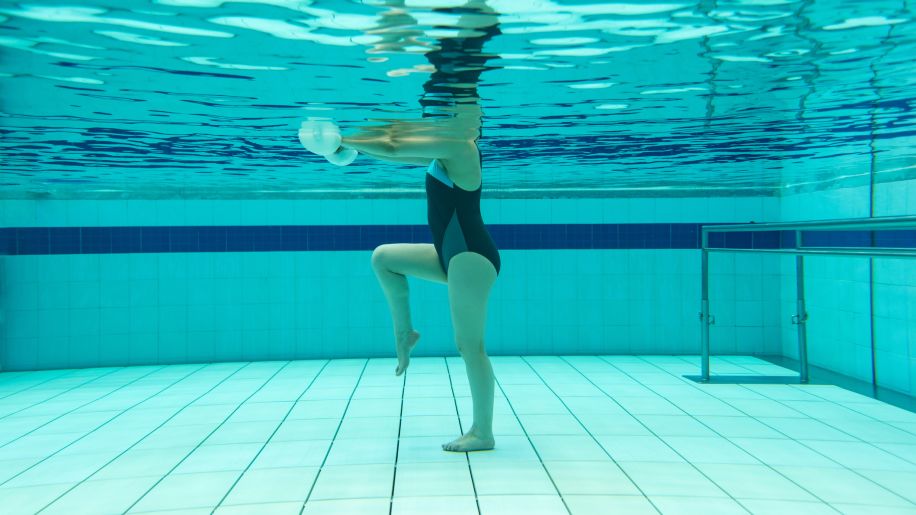
Go with the Flow
Some people with arthritis feel more comfortable doing exercises in the water. Being in a pool can help reduce stress on your joints and help you move a little easier. But you don't have to swim laps for a good cardio workout. Walking laps is also a great way to boost flexibility and build strength in your back, shoulders and hips.
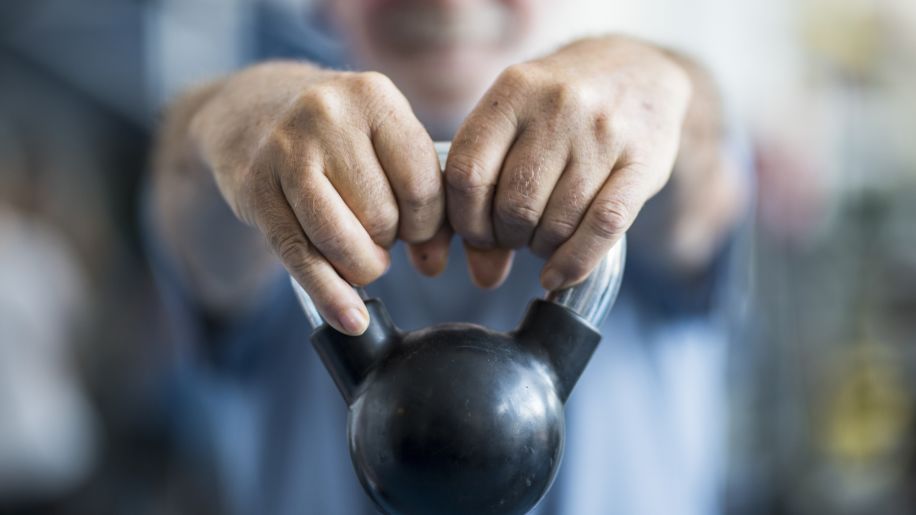
Tone Up, Don't Bulk Up
Training with lightweight dumbbells or resistance bands can help your muscles become stronger, so they can take the burden off your joints. But building strength takes time, so be sure to give yourself a 2-day rest from the weights after every strength-training session. You can walk, swim or practice yoga on those days instead. As with all activities, remember to start off low and go slow. You may also want to get the advice of a professional trainer or physical therapist, so you're doing the exercises correctly and safely.
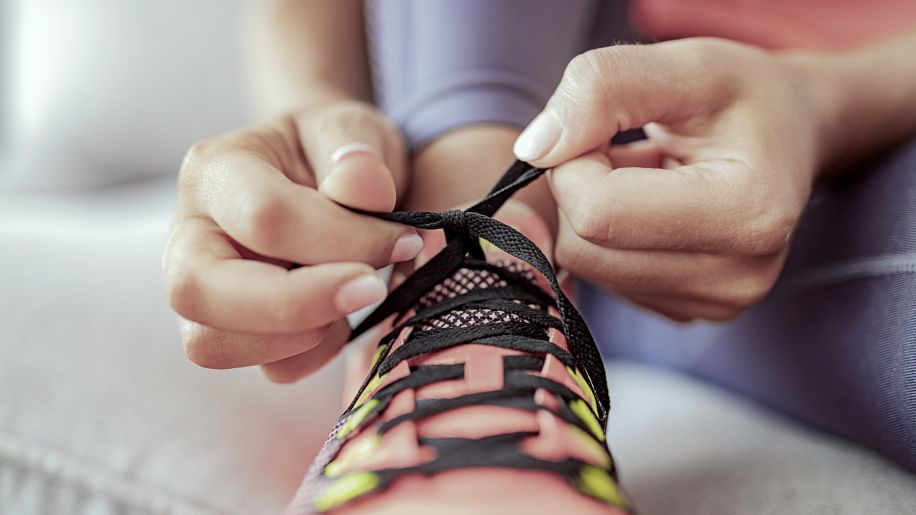
Keep at It
Don't get discouraged if you don't see results right away. Studies show exercise can help ease arthritis pain, but it may take time for your body to adjust. To get the most benefit, gradually make these arthritis-friendly exercises part of your daily life. Along with following your psoriatic arthritis treatment plan, finding activities you enjoy -- and doing them safely and regularly -- may help you protect your joints and stay active for years to come.
Featured Content


video

article

article

article
